Test: Das Conway GRV 1200 Carbon kommt mit einem überarbeiteten Carbonrahmen und soll den Spagat zwischen Gravel-Bike und Querfeldeinrad schaffen. Kann die kantige Neuschöpfung ebenso Sportler wie Reiseradler zufriedenstellen? Ob dies gelungen ist, zeigt der folgende Test.
Conway, die Marke der norddeutschen Hermann Hartje KG, hat seinen Auftritt deutlich modernisiert und bietet auch in exotischen Marktsegmenten spannende Bikes an. Das GRV 1200 Carbon ist das Topmodell der Gravel/Cyclocross-Serie und schlägt mit 2.999,95 Euro zu Buche. Der überarbeitete Rahmen zeigt sich mit kantigen Formen sehr eigenständig und überzeugt durch Liebe zum Detail. Zu seinen Highlights gehört die abnehmbare „Fender Bridge“, die eine Montage des hinteren Schutzbleches vereinfacht, im Sinne großer Reifenfreiheit jedoch auch weggelassen werden kann – ein Feature, das sowohl den Bikepacking-Einsatz wie Crossrennen möglich macht. Die Formgebung des Rahmens mutet nicht nur sehr edel an, sondern birgt auch gewisse Raffinessen wie das Oberrohrdreieck. Damit wird das Tragen bei unfahrbaren Passagen durch eine bessere Schulterergonomie erleichtert.
Die innenverlegten Leitungen gehören heute zum Standard; selten anzutreffen ist aber eine ordentliche Einführung in den Rahmen. Das GRV 1200 Carbon bietet eine geschraubte Zugentlastung, die sehr wertig wirkt und die Leitungen an Ort und Stelle hält.
Conway GRV 1200 Carbon – die Ausstattung
Der schlicht lackierte Rahmen wurde mit einer SRAM Force komplettiert, deren 1×11-Übersetzung 40 Zähne an der Front mit der 11-42er PG1130-Kassette vereint. Dieses solide Set-up ist auf schweren Touren durchs Gelände in seinem Element, beim Crossen kann man freilich auf einen oder zwei Berggänge verzichten. Die Schaltvorgänge gehen SRAM-typisch knackig über die Bühne, die Bremsen sind bissig, aber insgesamt gut dosierbar. Das Drehmoment des Fahrers wird durch den ER1600 von DT Swiss auf den Boden gebracht, der mit seinen 32 mm tiefen Felgen nicht eben superleicht ist, dank 20 mm Maulweite aber optimal auf breitere Reifen abgestimmt ist. Montiert werden die Laufräder wie heute üblich mit 12-mm-Steckachsen.
Mit dem G-One Speed von Schwalbe setzt Conway auf den derzeit wohl beliebtesten Gravel-Pneu, wobei hier dessen schnelle Variante zum Einsatz kommt. In 35 mm Breite fühlt sich der Reifen extrem rollwiderstandsarm an und bietet fabelhafte Dämpfung, mit seinem mageren Profil kommt er im Gelände jedoch schnell ans Limit. Am FSA-Cockpit aus „Adventure Compact“-Lenker und Energy-Vorbau fallen die stark abgewinkelten Bügelenden auf, die in schwerem Gelände mehr Kontrolle ermöglichen sollen. Angesichts der Gravel-typisch hohen Front lädt dieses Cockpit zu ausgedehnten Unterlenker-Fahrten ein.
| Rahmen | CONWAY Gravel Carbon |
| Federgabel | CARBON DU, Vollcarbon |
| Laufräder | DT SWISS GR1600 Spline |
| Reifen | SCHWALBE G-One Allround |
| Schaltwerk | SRAM Force 1 |
| Schalthebel | SRAM Force 1 |
| Kurbel | SRAM Force 1 |
| Umwerfer | Ohne |
| Bremse | SRAM Force 1 |
| Sattelstütze | CONWAY Patent |
| Sattel | CONWAY 1489 Sport Superlight |
| Vorbau | FSA Energy |
| Lenker | FSA Adventure Gravel Compact |
Conway GRV 1200 Carbon – der Fahreindruck
Schon nach wenigen Kilometern ist klar, dass das Conway das Zeug zum Alleskönner hat. Mit aufrechter Sitzposition kann man sich das Rad auf längeren Touren vorstellen; dank der schnellen Bereifung lässt es sich dabei wieselflink auf Asphalt bewegen. Die 35er sorgen durchaus für Komfort, der Rahmen selbst baut dagegen sehr steif, was in Sachen Kraftübertragung vorteilhaft ist. Mit breiteren, stärker profilierten Reifen wäre das Bike auch offroad eine Macht – die passende Kassette ist ja bereits vorhanden.
Natürlich können Spezialisten auch bei diesem Rad einwenden, es sei nicht punktgenau auf ihren Einsatzzweck zugeschnitten. Wer aber ein Rad sucht, das mit kleinen Veränderungen (wie etwa einem zweiten Laufradsatz) auf unterschiedlichen Gebieten gefahren werden kann, ist mit dem neuen Conway gut beraten.

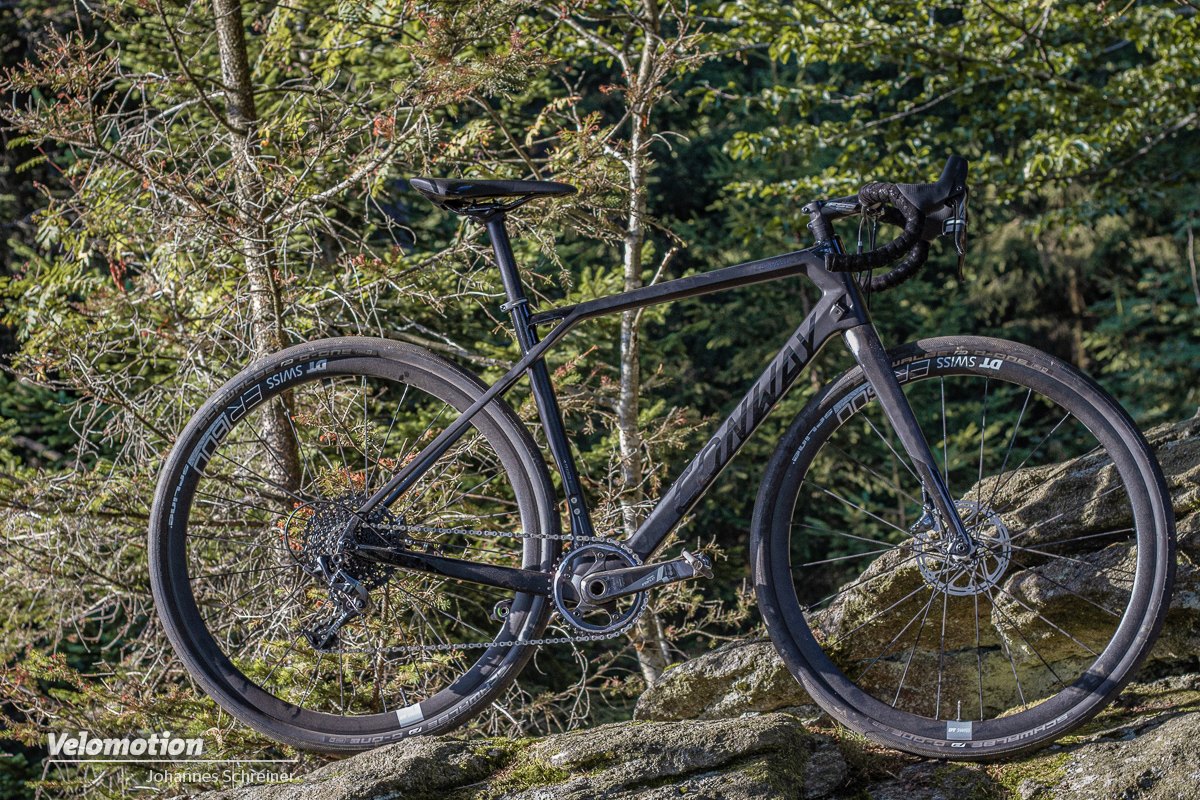
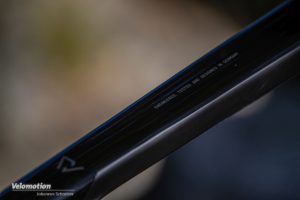
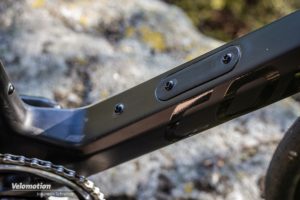
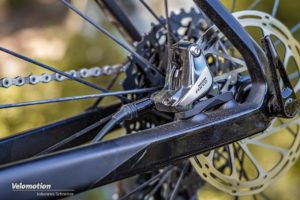
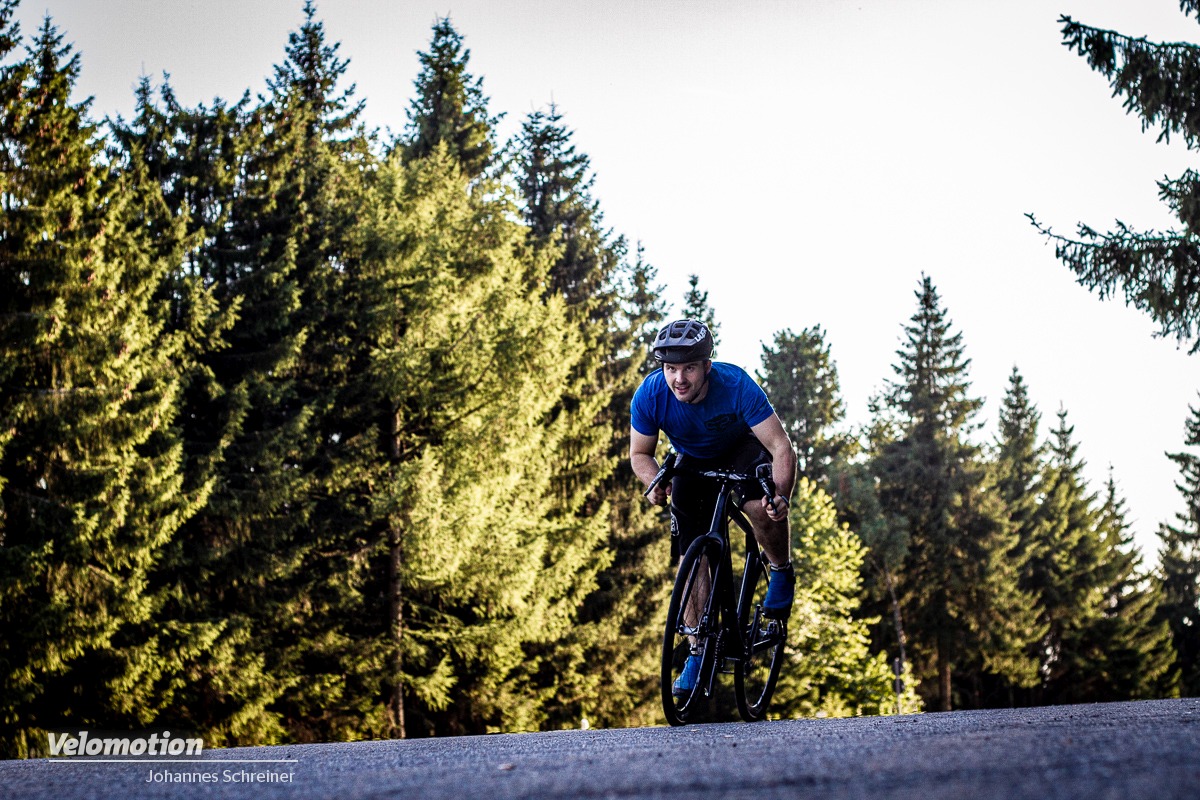
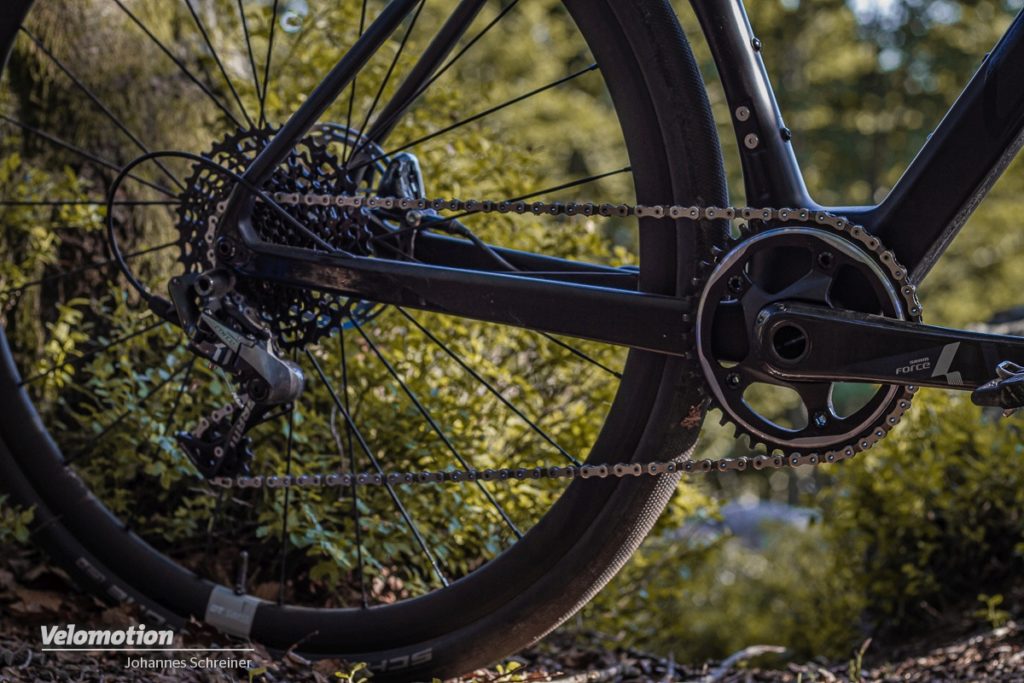
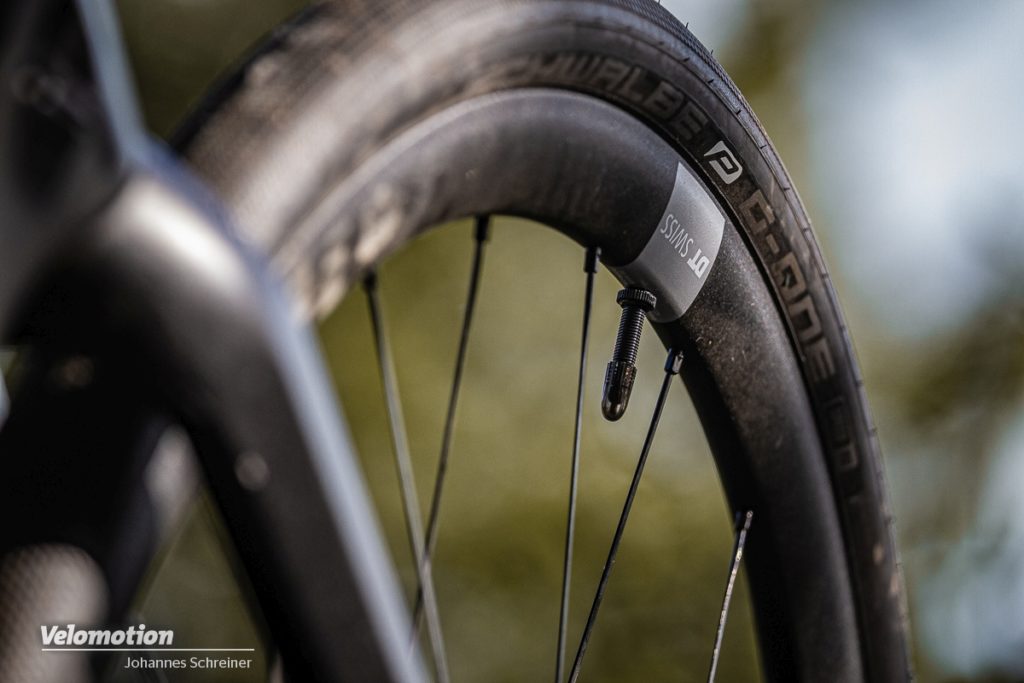
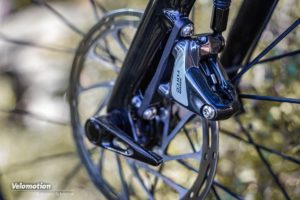
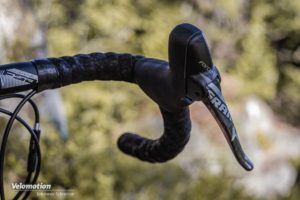
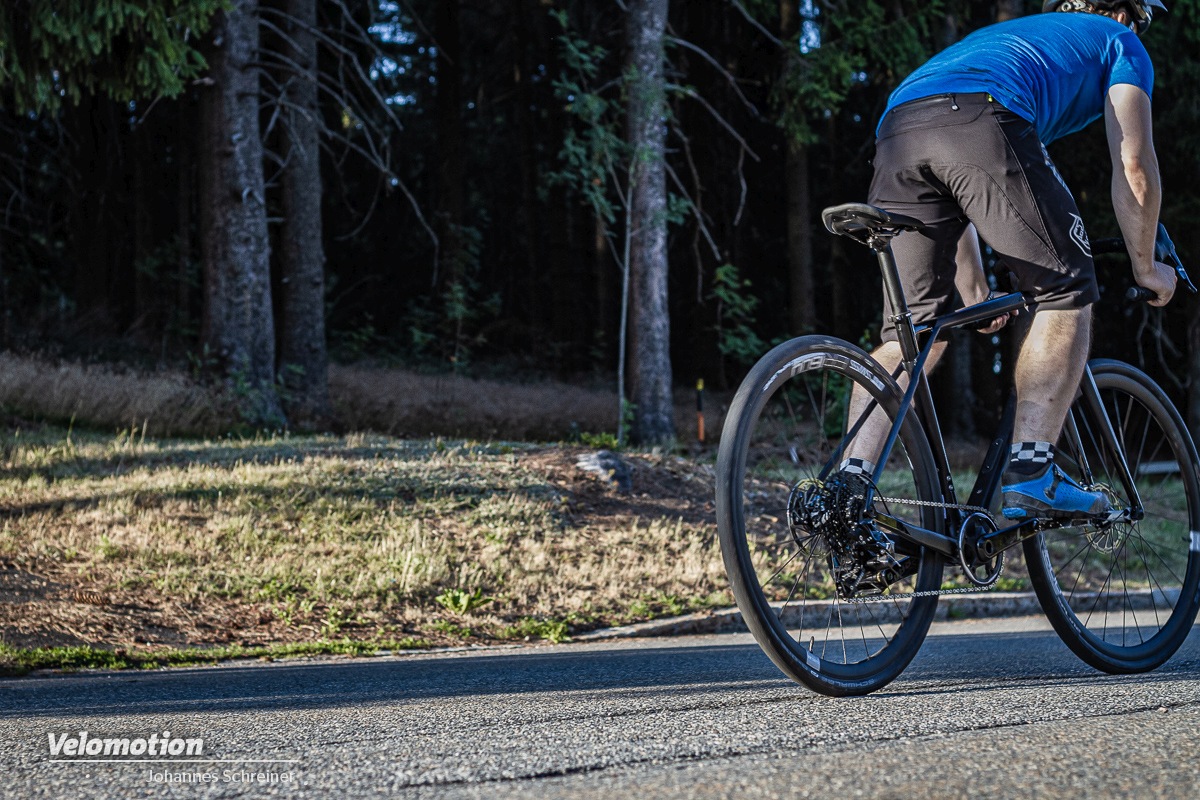
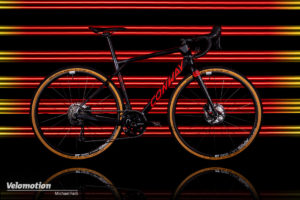

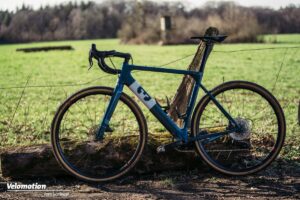
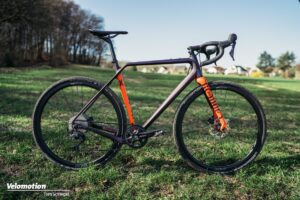
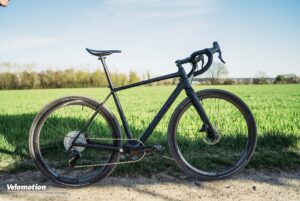

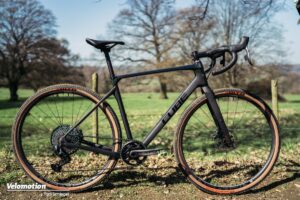
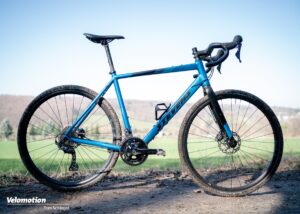
Schreibe einen Kommentar